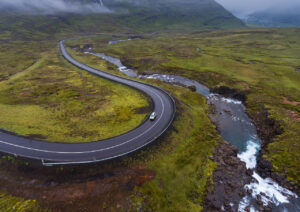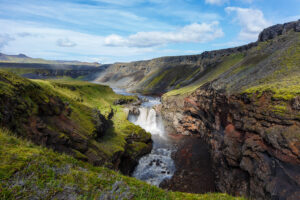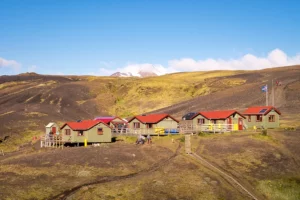The Icelandic Highlands are one of Europe’s last true wildernesses, covering nearly 40% of Iceland’s total landmass. This vast, uninhabited region is shaped by powerful geological forces, extreme weather, and a unique ecosystem. Below are key facts and insights into this remarkable landscape.
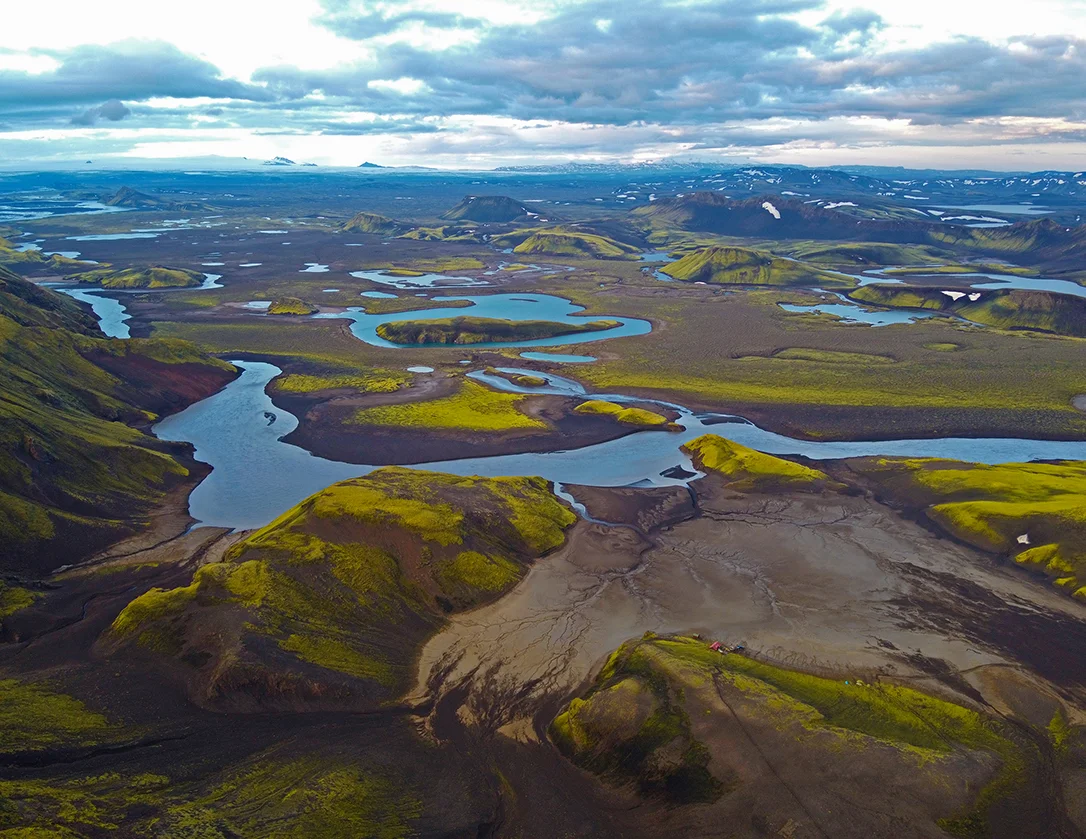
1. The Largest Uninhabited Area in Europe
The Icelandic Highlands stretch across approximately 40,000 square kilometers, making them one of the largest uninhabited regions in Europe. Due to the harsh climate and challenging terrain, there are no permanent settlements here, with only seasonal huts and camps used by adventurers.
2. A Volcanic Wonderland
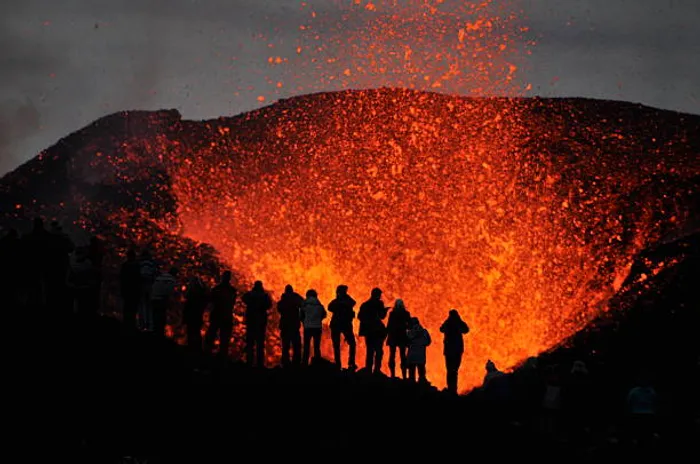
The Highlands sit atop the Mid-Atlantic Ridge, where the Eurasian and North American tectonic plates meet. This results in intense volcanic activity, shaping the landscape with lava fields, craters, and geothermal features. Famous volcanic sites include Askja, Hekla, and Bárðarbunga, all of which have played a significant role in Iceland’s geological history.
3. Landmannalaugar: The Geothermal Paradise
Located in the Fjallabak Nature Reserve, Landmannalaugar is renowned for its colorful rhyolite mountains and natural hot springs. The area is a geothermal hotspot, where travelers can relax in warm waters while surrounded by breathtaking landscapes.
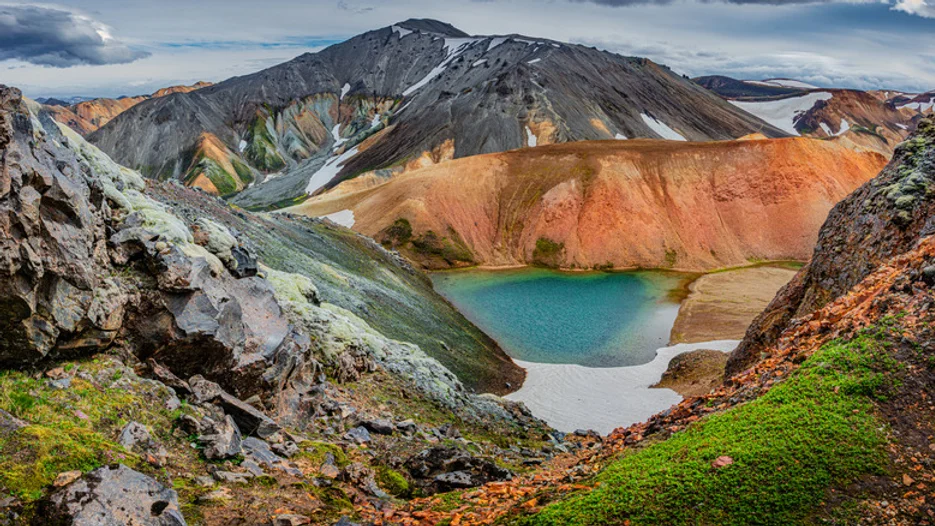
4. Þórsmörk: The Valley of Thor
Þórsmörk, named after the Norse god Thor, is a lush, green valley nestled between glaciers and rugged mountains. It serves as a haven for hikers and nature lovers, offering scenic trails and breathtaking views. It is a key stop on Iceland’s famous Laugavegur Trek and is known for its contrasting landscapes of verdant forests and glacial rivers.
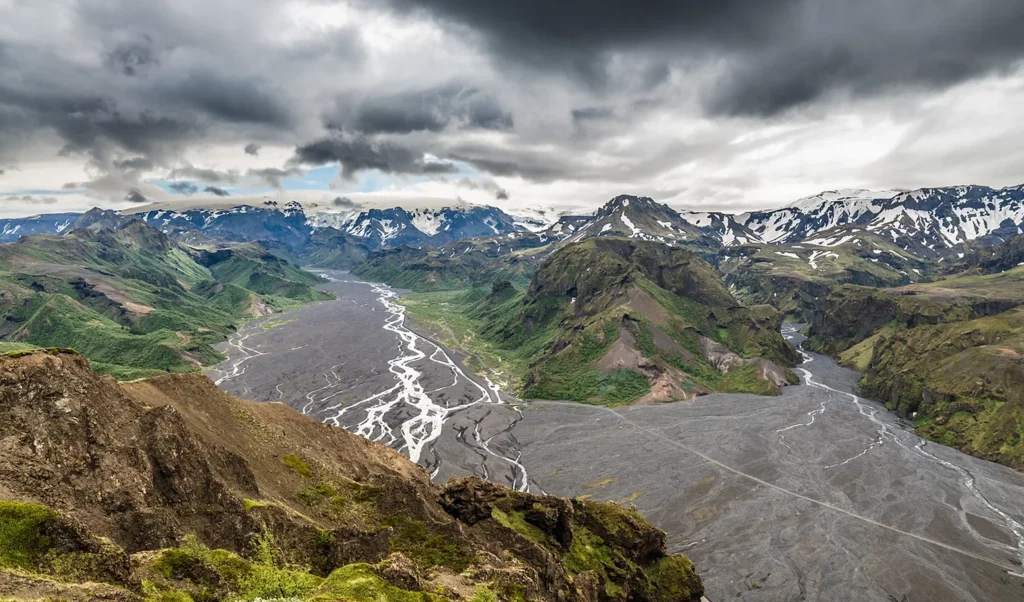
A breathtaking view from Valahnúkur, overlooking the stunning landscapes of Þórsmörk
5. Extreme Weather and Harsh Conditions
The Highlands experience some of the most unpredictable and extreme weather in Iceland. Snow can fall even in summer, and strong winds are common. Due to these conditions, most of the Highlands are only accessible from late June to early September, when the F-roads (mountain roads) are open to 4×4 vehicles.
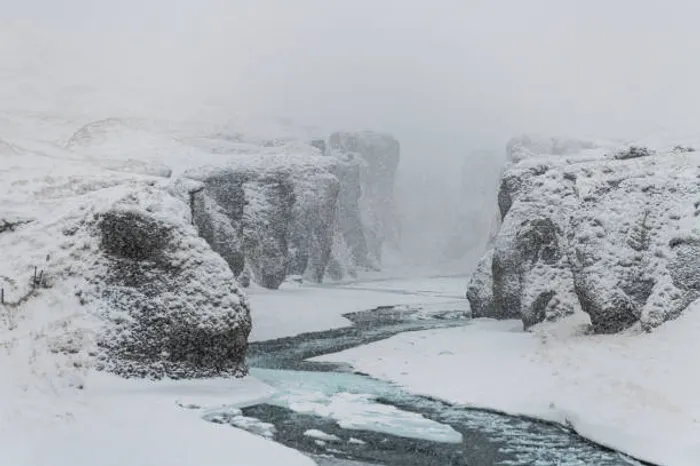
6. A Haven for Unique Wildlife
Despite its harsh conditions, the Highlands support a variety of wildlife. Arctic foxes, reindeer, and numerous bird species thrive in this environment. Hardy vegetation, including mosses and alpine plants, adds bursts of color to the otherwise barren terrain.
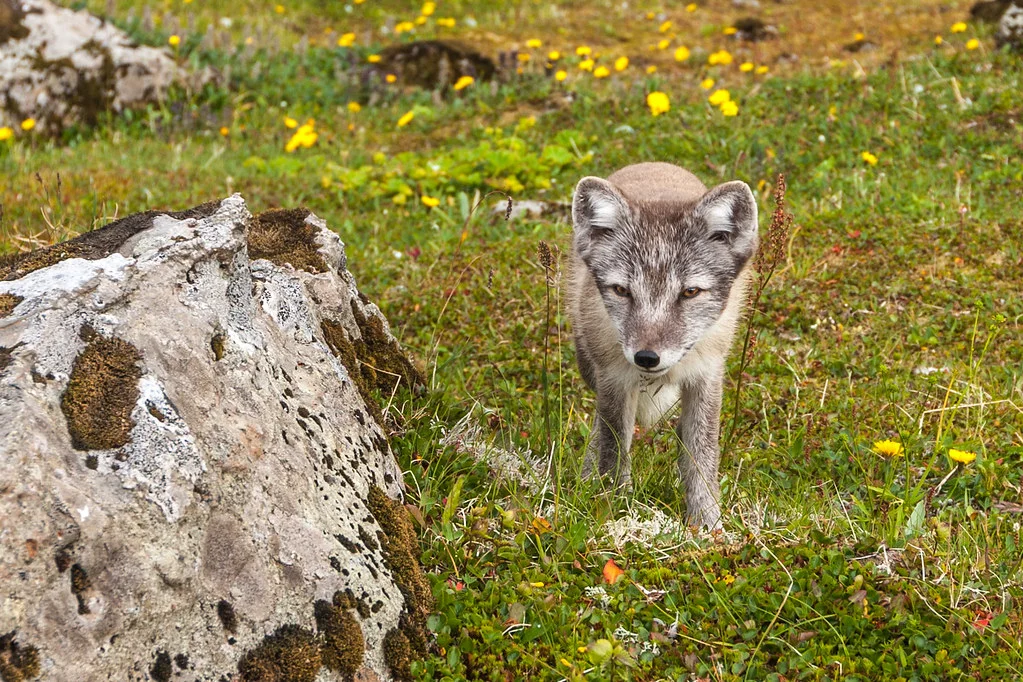
7. A Key Part of Icelandic Folklore
The Highlands are deeply embedded in Icelandic folklore. Stories of trolls, elves, and hidden people are common, with many Icelanders believing that supernatural beings reside within the rugged landscape. These myths add to the mystique of the Highlands, making them an even more intriguing destination.
The Icelandic Highlands are a place of raw beauty, extreme contrasts, and untamed wilderness. From volcanic craters and hot springs to lush valleys and glacial rivers, this region offers a true adventure for those willing to explore it. Whether you’re hiking through Þórsmörk, relaxing in Landmannalaugar’s hot springs, or marveling at volcanic landscapes, the Highlands promise an unforgettable experience.
**Plan your journey wisely, respect nature, and embrace the wild heart of Iceland!**

